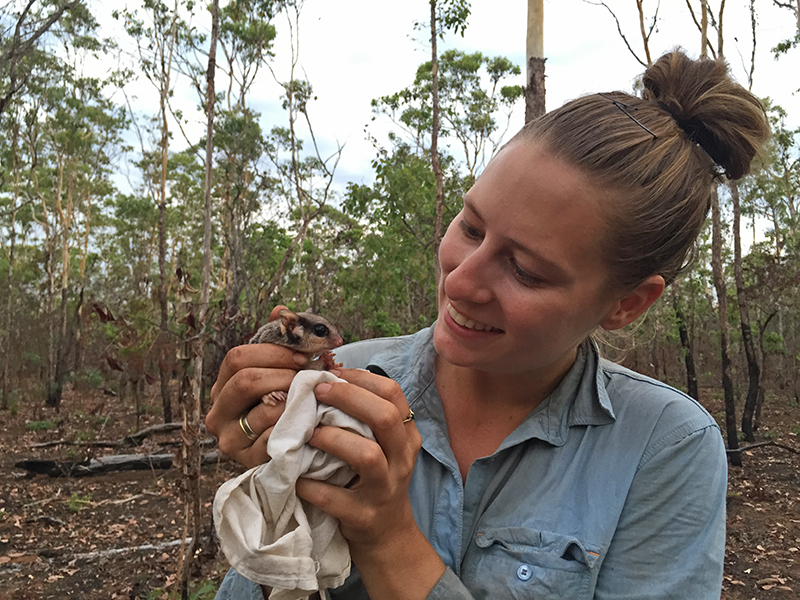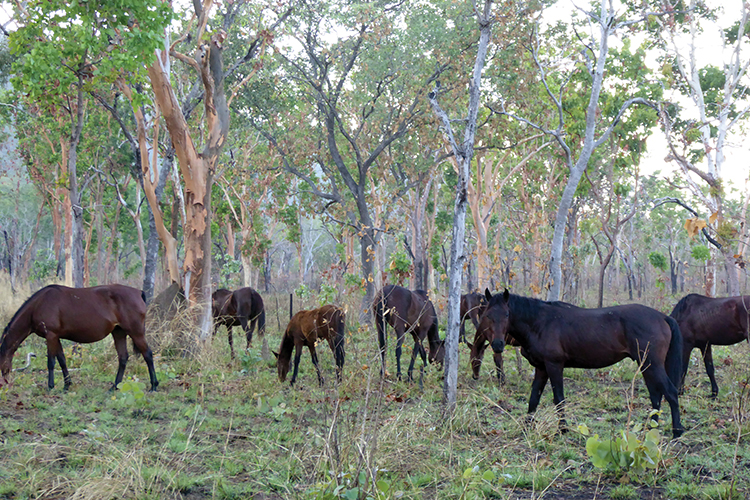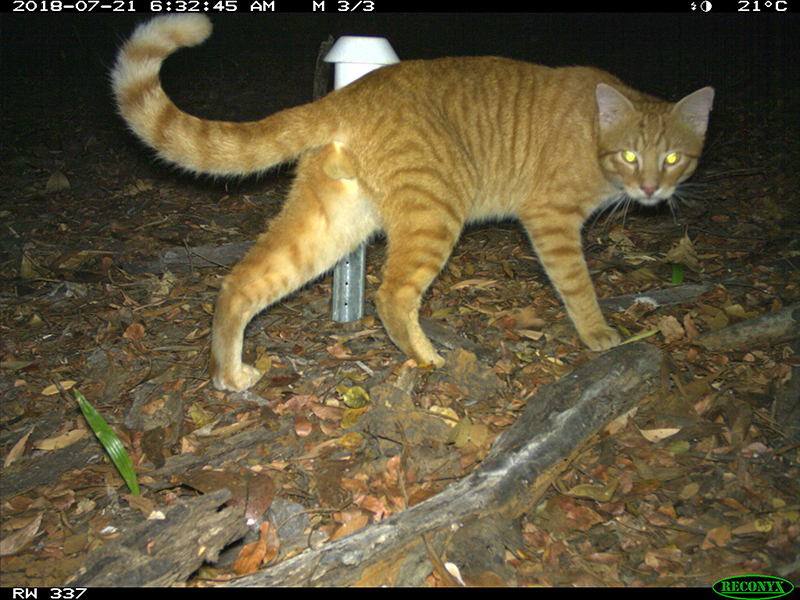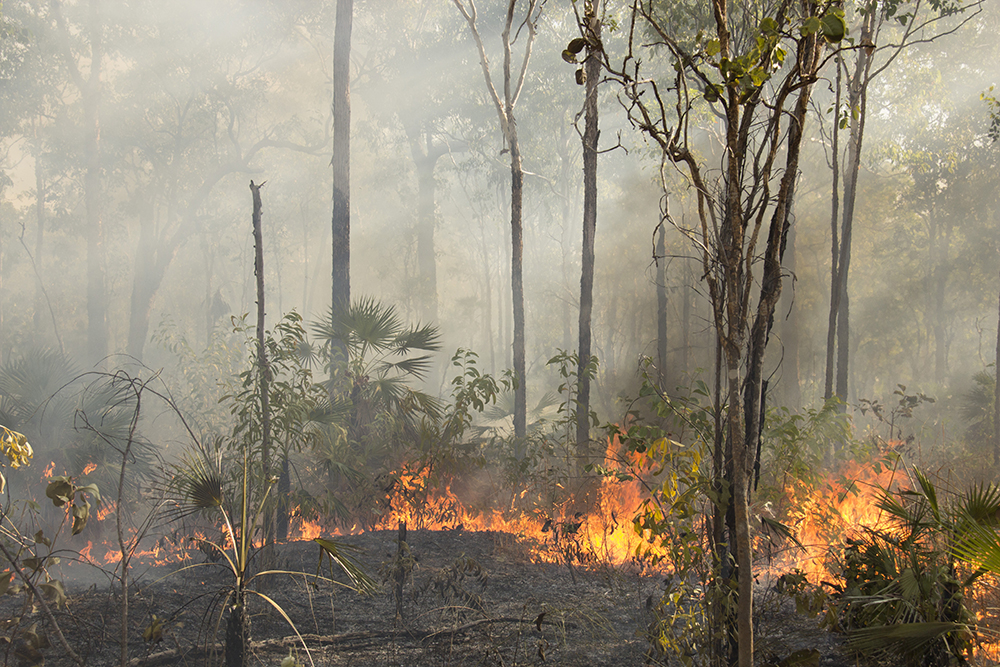
Solutions to northern Australia’s mammal decline crisis
Thursday, 22 October 2020Northern Australia’s mammals have suffered catastrophic declines over the last 30 years. A major new study has found that protecting and recovering habitat by improving fire management and reducing feral cattle, horses and buffaloes is the best approach to address the crisis.
The research was undertaken by the Northern Territory Government’s Department of Environment and Natural Resources (DENR) with help from Charles Darwin University and funding from the Australian Government’s National Environmental Science Program.
Northern Territory Government scientists used more than 1500 camera traps and almost 7500 live traps across 300 sites in the Top End of the Northern Territory surveying national parks, private conservation reserves and Indigenous managed land, to make the discovery.
 One of the motion detection cameras. Image: Jaana Dielenberg
One of the motion detection cameras. Image: Jaana Dielenberg
Charles Darwin University scientist Dr Alyson Stobo-Wilson said the research was urgently needed as many small- and medium-sized native mammal species have declined, with many once common species now only found on offshore islands.
“We undertook one of the most thorough surveys to date to help uncover the patterns of native mammal declines in northern Australia,” said Dr Stobo-Wilson.
“We found the role of large feral herbivores in mammal declines, including feral cattle, horses and buffaloes, has been greatly underestimated.
 Feral horses in Kakadu National Park. Image: Jaana Dielenberg
Feral horses in Kakadu National Park. Image: Jaana Dielenberg
“Frequent, large fires and over grazing by feral herbivores remove important shelter and food for native mammals and attract cats and dingoes.
DENR’s Director of Terrestrial Ecosystems Dr Graeme Gillespie said the findings would assist conservation managers to recover dwindling native mammal populations in northern Australia.
The team also examined the factors influencing where feral cats occur and if dingoes played a role.
 A feral cat recorded by a camera at one of the study sites in the Top End of the Northern Territory. Image: Northern Territory Government
A feral cat recorded by a camera at one of the study sites in the Top End of the Northern Territory. Image: Northern Territory Government
“Despite a very large data set, we did not find any evidence that dingoes influenced where feral cats occurred. In fact, they often occurred in the same areas,” said Dr Gillespie.
“Rather, habitat condition was the most important factor influencing cat occurrence. Where habitat had more shrubs and trees, i.e. a complex vegetation, the chances of finding a cat at the site reduced.
“Feral cats are less likely to occur in places like the Tiwi Islands, Groote Eylandt and the Cobourg Peninsula as the relatively high rainfall supports more complex vegetation.
“These areas have an abundance of small mammals and other wildlife, so it is not the absence of prey that reduces feral cat numbers,” he said.
 A tropical savanna burning. Image: Jaana Dielenberg
A tropical savanna burning. Image: Jaana Dielenberg
“The impact of cats is greater in areas where vegetation has been degraded by frequent fire and over grazing,” Dr Gillespie said.
“This research adds to a growing body of work from northern Australia that indicates that across most of these landscapes, better management of herbivores and fire rather than culling cats, is likely a more effective way of protecting small mammals.”
The research has been published in Diversity and Distributions and Biological Conservation.
Top image: Dr Stobo-Wilson with a northern savanna glider during fauna surveys. Image: Alyson Stobo-Wilson